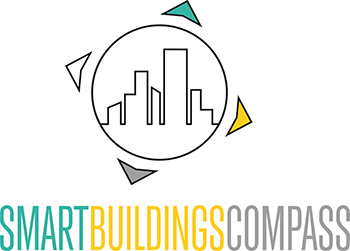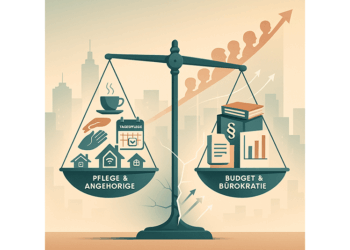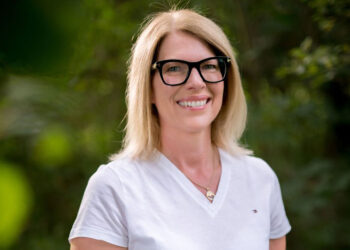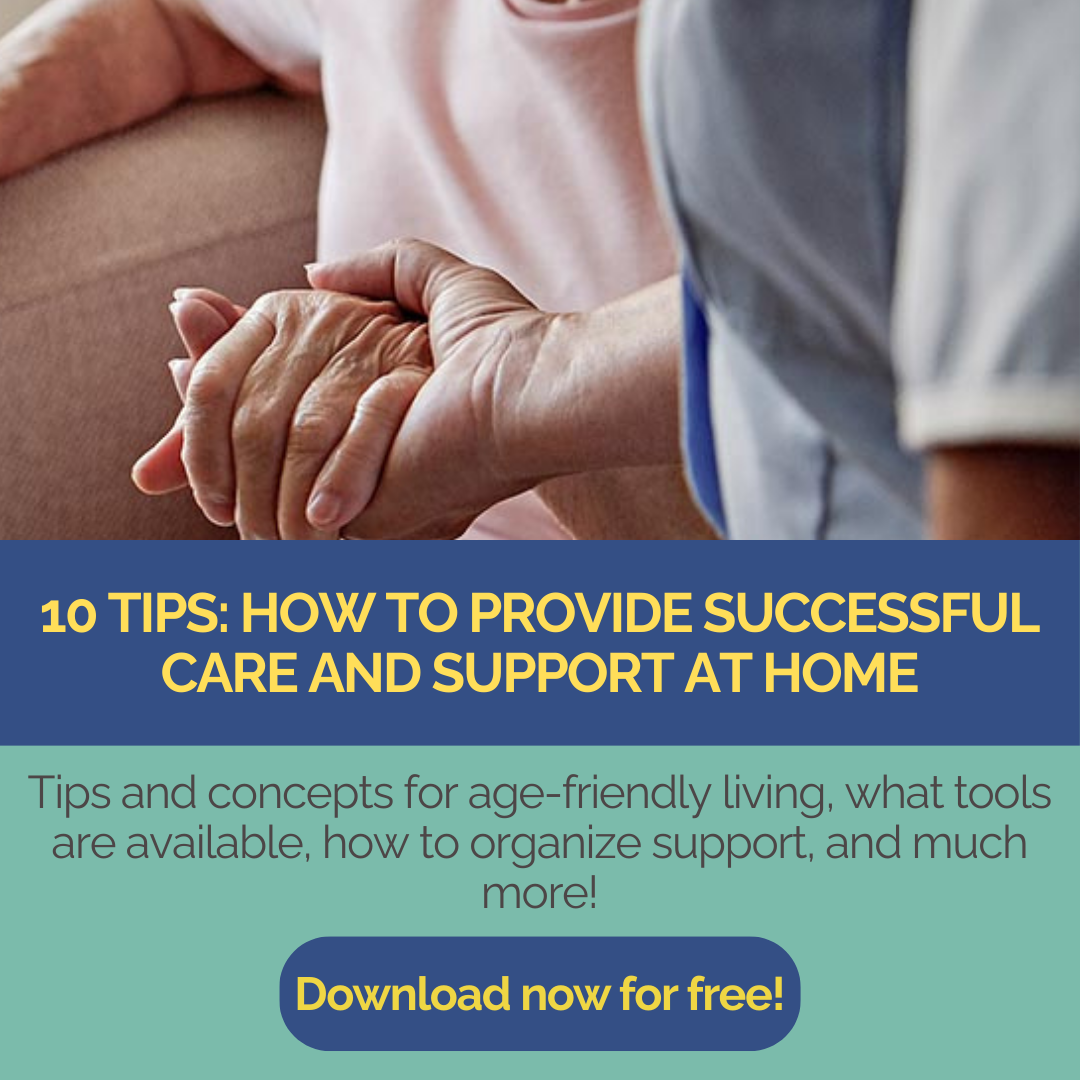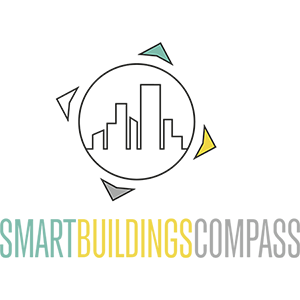A national study by Aarhus University (Denmark) shows: Those who are poor have an 85% higher risk of being treated with potentially unsuitable medication – even in a country with free access to healthcare.
New data: Social inequality increases the risk of medication errors
The study, published in PLOS Medicine, analyzed data from over 177,000 adults in Denmark. The results are alarming: Overall, 14.7% of the participants were affected by potentially inappropriate medication (PIM) – they received at least one risky medication. Around 12.5% suffered from underuse – meaning that they were not prescribed necessary medication. A further 3.1% received too much or too strong medication, i.e. overuse.
It is particularly striking that people with lower wealth had an 85% higher risk of being treated incorrectly or inappropriately – compared to wealthier groups with comparable disease progressions. This correlation persisted even when health factors were factored out. The cause therefore lies in social inequalities.
Danger for older people: Over- and under-medication as a health risk
The strongest correlations leading to an increased risk of potentially inappropriate medication (PIM) were found in people with the lowest income, education and wealth.
Older people, especially women, are particularly at risk from this development. Due to the gender pay gap that still exists, women have less money at their disposal than men – throughout their entire lives. The risk of poverty is significantly higher for women in old age than for men.
Older people also take significantly more medication at the same time on average, which increases the risk of unwanted interactions. Many of them also have cognitive impairments, which makes it difficult for them to take their medication independently and correctly. What’s more, many of them live alone in old age, which means that no one notices in time if side effects occur or errors are made when taking medication.
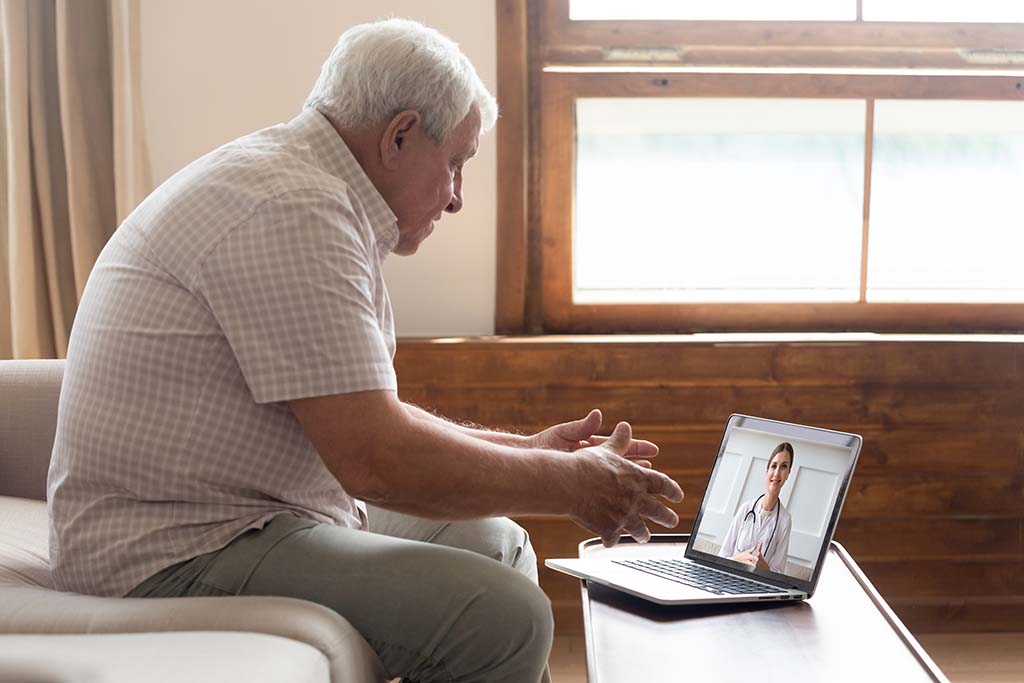
The consequences are health risks such as falls, confusion, hospitalization or loss of independence – and thus often an accelerated path to the need for care.
Ailing health insurance systems: A structural problem
The Danish study results are not a special case, but rather exemplify a structural problem that affects many European healthcare systems. Financial bottlenecks, such as those currently evident in Germany and Austria, are leading to increasing pressure for reform, with savings often being made in the wrong places. Rising costs coupled with declining services put a strain on the security of care – especially for vulnerable target groups.
At the same time, there is a massive shortage of medical professionals. Doctors and nurses are under considerable time pressure, which increases the likelihood of diagnoses being made inaccurately and medication being prescribed uncritically. This puts the medical care of older people at risk.
Another factor is the increasing complexity of everyday medical life: when older people have several illnesses at the same time and need care, coordination is required – which is often no longer possible in overburdened systems. These hurdles are particularly high for socially disadvantaged groups.
Recommendations: How can we improve care?
Targeted measures are needed to ensure that care for older people is socially equitable and of high quality. A first step is to promote health literacy. Older people and their relatives need information to better understand medication and recognize risks. Overall, more prevention and health promotion is needed to prevent illnesses from occurring in the first place.
If people are increasingly being cared for at home, digital assistance systems offer support: technologies such as reminder functions, e-healthcare in medically underserved regions, smart medication dispensers or apps to support taking medication can help older people to manage their health and medication (more) safely. However, these solutions must be explained and made accessible at a low threshold.
The authors of the study point to the key role of primary care, in particular the role of GPs and nurses: they are the main contact persons for prescribing and monitoring medication. More time, resources and targeted training are needed here. Studies have shown that longer consultations, continuity in the relationship with a GP and better communication can make a difference in treatment.
Another factor is low-threshold social support systems – e.g. through volunteer support, visiting services or community contact points. These not only promote social participation, but can also help to identify health risks at an early stage.

Fair healthcare – for everyone
The Danish study clearly shows that social inequalities are deeply rooted in the structures of healthcare provision – even in systems where access is actually free. Those who are older, poorer or socially isolated have a significantly higher risk of being treated incorrectly.
Digital assistance solutions and platforms such as SmartBuildingsCompass.com can make an important contribution by providing information, guidance and networking. It is crucial that technological solutions are combined with social awareness – for care that is not only efficient but also fair.
Further information:
- Complete study in PLOS Medicine: Link to the publication
- Article Pharmazeutische Zeitung
Author: Anja Herberth
Chefredakteurin
